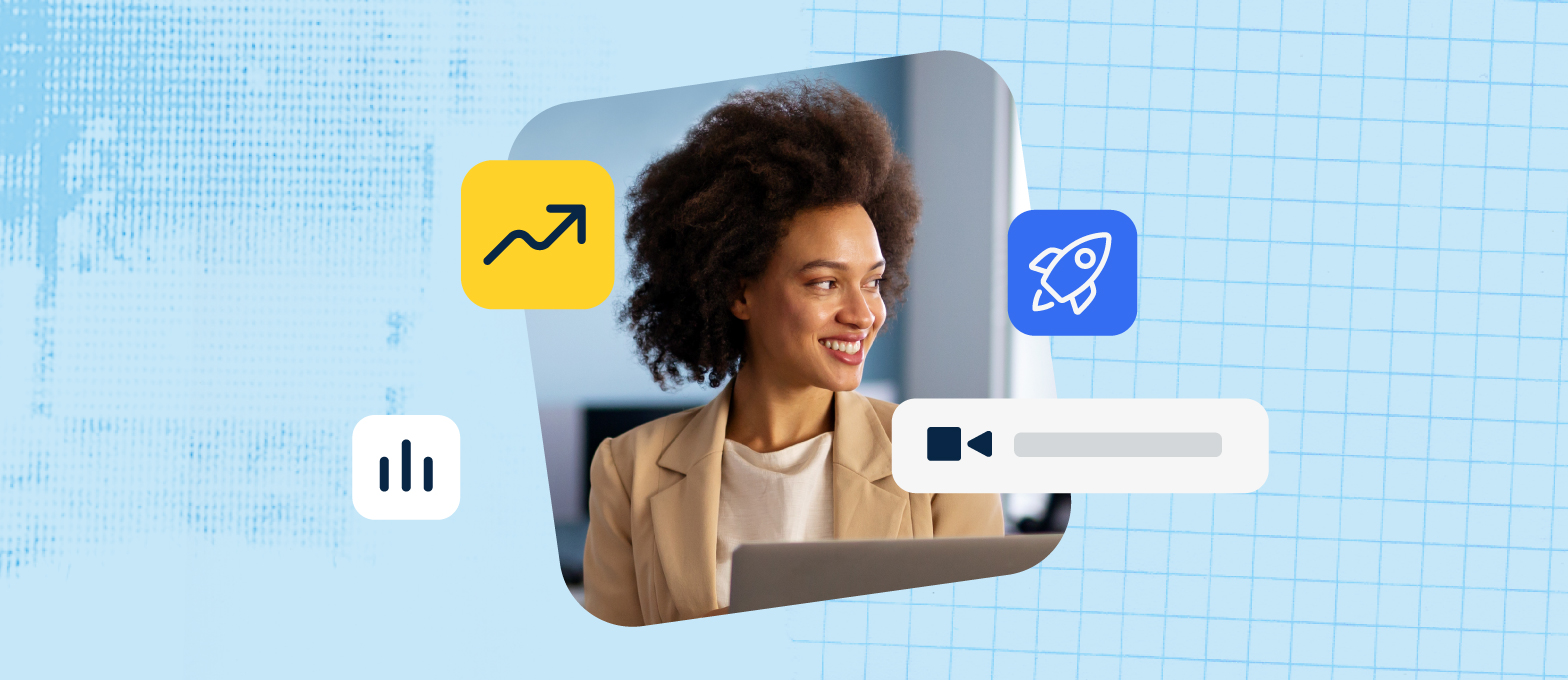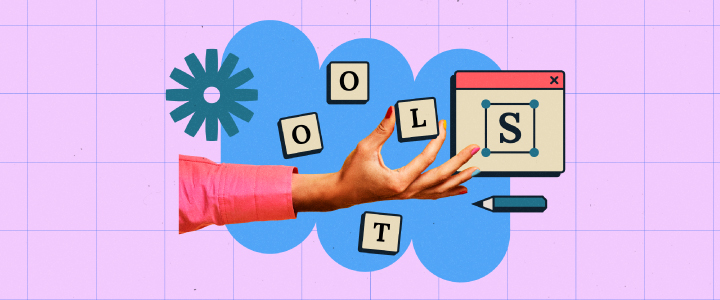
4 min reading time
Build High-Performing Teams with Internal Development
Every organisation wants happy, loyal employees who are working to their full potential, so how do you achieve that?
We believe that by combining HR and L&D teams, you can build big-impact employee development initiatives. We sat down with our partners at Personio to discover how development can not only benefit your employees but also help to maintain your organisation’s competitive edge, navigate challenges, and sidestep the costs of constant hiring.
Here’s a roundup of what Aisling MacNamara, LearnUpon’s Senior L&D Manager and Maximilian Specht, Personio’s Senior Content Writer discussed in this insightful session.
Internal development is no longer nice to have; it’s a must-have
Let’s start off with some telling statistics; In a report from Zipia, 76% of employees were looking for opportunities to expand their careers, while a Betterbuys poll revealed that employees who get professional development opportunities are 15% more engaged in their roles. These employees also have 34% more retention when compared to those who do not get professional development opportunities. An organisation can’t thrive without investing real time and effort into aligning learning programmes with the wants and needs of their employees.
It’s obvious that people have a huge appetite for this. They don’t view it as a privilege. Rather, they view it as a right and expect their organisation to deliver.
“Developing your employees is better for business, full stop. The tricky part is not simply recognising this, but building out programmes where people truly “feel” their development. For organisations to thrive, they need to not only provide learning opportunities, but double down and call them out as learning opportunities. This can help foster a true culture of development because employees really know how to spot it.” – Maximilian Specht, Personio’s HR Content Expert
No one-size-fits-learning
Each department in every organisation has its own needs and priorities. For example, an engineering department is self-sufficient and knows the technical skills they need to learn. So, they’ll want access to something like Pluralsight or LinkedIn Learning—somewhere they can go to upskill on, say, coding languages.
On the flipside, you have your more soft-skills teams, like sales and customer success, who probably need a more hands-on approach, especially because their work takes into account the context of the business. Their learning on-the-job is critical here.
“From our view, organisations need to think of this on two parallel tracks. The skills they want all of their employees to have (think feedback or time management), and the unique skills that are going to vary by profession or department. You need to have a little bit of both, in tandem, to establish a shared language between skills as well as meaningful personalisation.” – Maximilian Specht, Personio’s HR Content Expert
Be learner-centric
Today, progress is seen as a promotion, but it’s important to reframe this progress into development. That’s what L&D teams can deliver to employees and help them to develop the skills they need to master their roles. Put yourself into the employee’s shoes and figure out what’s meaningful for them to spend their time on. They need to understand that if they engage with your valuable learning, it’s going to get them to their end goal, whether that’s upskilling, gaining new knowledge or preparing for a promotion.
“It can be as simple as asking your employees what would work for them. Gain a sense of how they want to develop, and take those needs and tie them back to your overall learning goals. Learning that feels “enforced” from the top down is never going to get adopted at the rates you need, so you need to do a little bit of both to find success.” – Maximilian Specht, Personio’s HR Content Expert
Learning Culture = Feedback Culture
A lot of L&D professionals would say a learning culture is one of the big goals, but we believe a good learning culture encompasses a continuous feedback loop.
A good relationship with colleagues means a level of comfort in asking for feedback. Whether that’s after calls, giving presentations or taking on a new project. People look at feedback and L&D outside of their day-to-day work when it should actually be a huge part of the day. A savvy organisation knows that employees should be dedicating a large segment of their time to that topic to bring everything else with it and make it so much better.
Now, it’s one thing to have that relationship with your peers, but how do you build this culture with managers and senior leadership? It’s crucial for those in leadership to lead the way, but this is something that learning professionals can facilitate.
“The idea of continuous feedback is easy to understand, difficult to execute, but it forms the basis of a true learning culture. Organisations need to think of the ways they embed and encourage sharing feedback, mainly by leveraging tools to make it easier to leave it on a consistent basis (and not simply reserved to, say, performance review season).” – Maximilian Specht, Personio’s HR Content Expert
HR and L&D: Partners in Collaboration
We think it’s so important that HR and L&D complement one another. There is that partnership element, it’s not purely trickle down economics, in terms of a company’s culture. They are partners in collaboration. But it’s just as important that their results and key metrics all level up into one another… and they are done in collaboration.
“Your L&D strategy should be tied to your HR strategy, and your HR strategy tied to your business strategy. Without the ability to ladder each up into another, you lose the ability to create a really cohesive experience and deliver something that truly takes your business to the next level.” – Maximilian Specht, Personio’s HR Content Expert
Watch the full webinar for more insights from Aisling MacNamara, Senior L&D Manager at LearnUpon and Maximilian Specht, Sr. Content Writer at Personio. They go into everything from strategies for aligning HR and L&D visions, techniques for nurturing and empowering your workforce to how to create a results strategy and best practices for structuring performance evaluations that drive real results.




